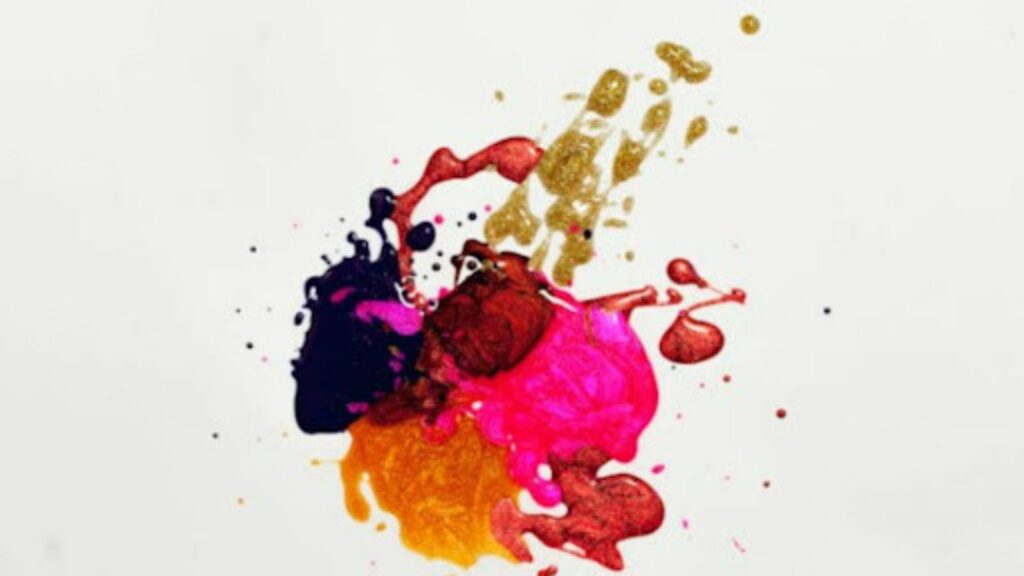
When you think of your favorite brand, what’s the first thing that pops your head? Chances are, it’s their logo. That’s no accident! Logos are pivotal in defining a brand’s identity and making a lasting impression on consumers. This little graphic is not just a random design; it’s a visual shorthand for everything the brand stands for. From Apple’s bitten apple to Nike’s swoosh, logos transcend mere images to become symbols of trust, quality, and ethos in the minds of consumers. A well-crafted logo can elevate brand recognition, foster customer loyalty, and influence buying decisions. In this article, we’ll dive into the nuts and bolts of what makes a logo good and memorable. We’ll explore the essential components of brand identity and discuss how a thoughtfully designed logo can be the cornerstone of your brand’s visual presentation.
Understanding Brand Identity
Brand identity is more than just a catchy name or a pretty logo; it’s the complete persona of a brand as perceived by the world. It encompasses various elements that convey the brand’s message, mission, and core values. Let’s break down the key components:
- Typography: The choice of typeface can say a lot about a brand. For instance, a strong, bold font may convey strength and reliability, while a soft, handwritten type might evoke a sense of whimsy or intimacy.
- Color Schemes: Colors play a critical role in brand perception. They can evoke emotions, communicate messages, and even influence purchasing decisions. For example, blue often represents professionalism and trust, making it a popular choice in the corporate world, while green might emphasize natural or eco-friendly attributes.
- Logos: The crown jewel of brand identity, the logo, acts as the face of your brand. It’s often the first point of contact with your audience, making it crucial for it to make a strong impression. A well-designed logo should be unique, memorable, and reflect the brand’s ethos. It’s not just about aesthetics; it’s about encapsulating the brand’s essence in a single emblem.
These elements form a brand identity, providing a cohesive and consistent experience that helps brands differentiate themselves in a crowded marketplace. In the next sections, we’ll delve deeper into the design process and explore strategies for creating logos that stand out and stand the test of time. Stay tuned!
The Logo Design Process
Creating a logo that represents a brand’s essence is no small feat. It requires meticulous planning, creativity, and strategic execution. Let’s walk through the essential steps that ensure a logo looks good and fulfills its strategic role.

- Planning and Research: A deep dive into the brand’s core is crucial before a single line is drawn. Understanding the brand’s mission, values, and the audience it serves sets the foundation for all design work. This stage also involves a thorough competitor analysis to identify gaps and opportunities. What are competitors doing right? Where do they fall short? Answering these questions can help position your logo to stand out in the marketplace by capitalizing on unexplored visual territories or emotional appeals.
- Conceptualization: With a solid understanding of the brand and its landscape, the next step is generating resonating ideas. This phase is all about creativity—sketching, brainstorming, and experimenting with various concepts that align with the brand’s mission and speak directly to the target demographic. Here, the use of specific visuals and messaging is critical. Every element, from the logo’s shape to its color scheme, should have a purpose and emotionally connect with the intended audience.
- Execution and Refinement: Bringing a logo to life is an iterative process. It’s not about getting it right on the first try but evolving the design through continuous feedback loops. This involves presenting initial concepts to potential customers or focus groups and being open to their input. This stage is crucial for refining ideas, adjusting, and ensuring the logo meets aesthetic standards and resonates with its audience. Flexibility in design allows for tweaks based on real-world reactions and feedback, ensuring the final logo is beautiful and effective.
For those looking to create logos with a professional edge, Adobe Express offers advanced tools that facilitate the refinement process, allowing designers to iterate quickly and efficiently. These tools ensure that every element of the logo—from color schemes to typography—is optimized for emotional impact and visual clarity.
By meticulously navigating these stages, the logo becomes a symbol of the brand and an integral part of its communication strategy, embodying its identity in every curve, color, and font choice.”
This integration not only offers a direct resource for your readers but also enhances the article by linking to a tool that complements the discussed concepts, enriching the overall content and providing a practical avenue for readers to explore their creative ideas further.
Key Design Principles
In the world of logo design, certain principles steer the creative process towards success. Here’s a breakdown of these critical elements:
- Simplicity and Scalability: A great logo must be simple enough to maintain its essence, whether on a giant billboard or a small business card. This simplicity ensures that the logo is recognizable and effective across various applications. It should not lose impact or become illegible when scaled down for smaller uses. A simplistic approach often makes a logo more memorable and timeless.
- Color Psychology and Typography: Colors and fonts do much more than just decorate a logo; they communicate feelings and attributes. For instance, blue can convey professionalism and trust, while red might evoke energy and passion. Choosing the right colors and fonts can significantly influence how a brand is perceived. Typography should complement the logo’s style and enhance its personality, ensuring that every aspect of its design is cohesive and aligned with the brand’s identity.
- Incorporating Feedback: Utilizing focus groups during the design process is invaluable. Feedback from these groups helps refine the logo to align with customer expectations and the brand’s identity. This step ensures the design resonates well with its intended audience and functions effectively in real-world scenarios. It’s about creating a logo that looks good and connects and communicates effectively.
Finalizing the Logo
Once the design principles are applied and feedback is incorporated, it’s time to finalize the logo. This involves:
- Selection and Final Adjustments: The final logo design often involves rigorous testing across different mediums and demographics. This testing helps identify which logo variant performs best regarding visibility, recognition, and emotional impact. Final adjustments are made based on comprehensive feedback to perfect the logo before its final adoption.
- Professional Design and Digitization: Ensuring the logo’s effectiveness across all branding materials requires professional design services. These experts enhance the visual quality and ensure that the logo is adaptable for digital and print media. They provide various file formats that maintain the logo’s integrity across platforms, ensuring it remains crisp and clear in all branding contexts.
Adhering to these principles and steps makes the logo a robust identifier for the brand, ready to represent its values and mission wherever it appears.
Application and Consistency
Consistency is key to anchoring a brand in consumers’ minds. Maintaining a uniform logo presentation across all platforms is crucial, from digital ads and websites to print materials and packaging.

This consistency helps reinforce the brand’s identity and enhances customer recognition, creating a seamless experience for the audience. Additionally, it’s important to monitor the logo’s effectiveness regularly. As the brand evolves and market conditions change, the logo may need subtle updates to stay relevant and resonate with new customer preferences.
Conclusion
A well-crafted logo is the heart of a brand’s visual identity. It drives brand loyalty, enhances market presence, and provides a competitive edge that sets the brand apart for years to come.